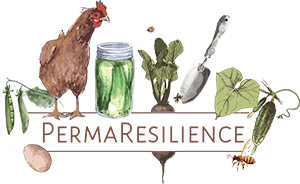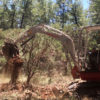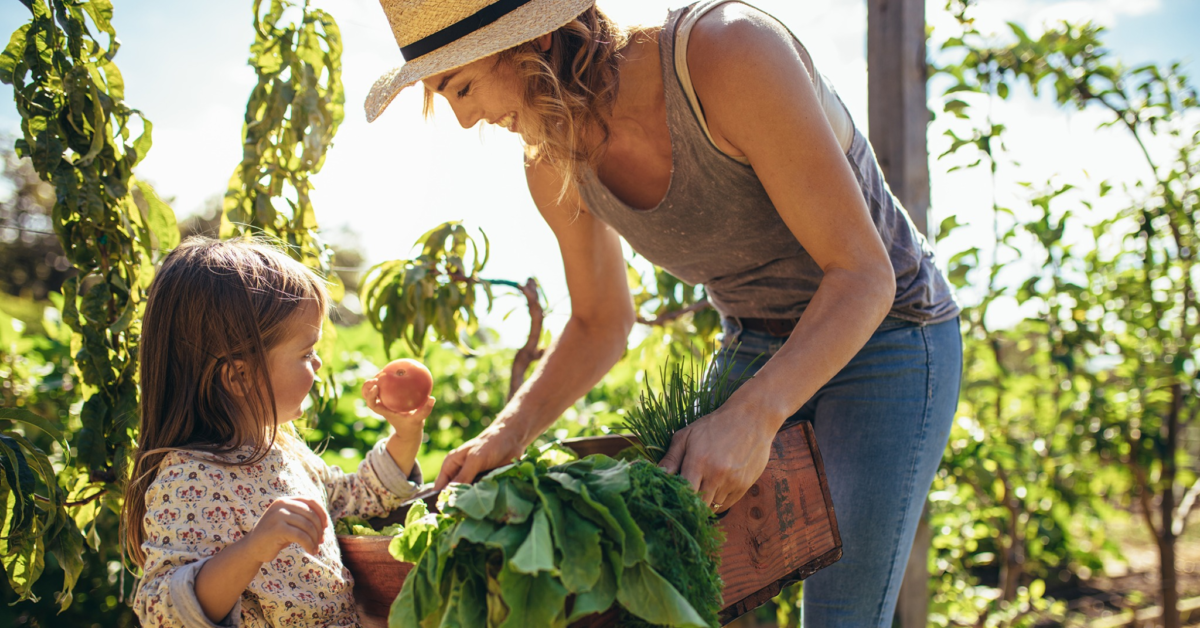Did you know that you can turn your property into a homestead starting this weekend? This step-by-step system helps you simplify and prioritize what needs to happen when, where, and why so that you can create a successful homestead now.
Video Transcript:
All right, the next question is Kimberly, and she’s asking, ‘I’m working on a rural backyard scale, a half an acre. I need help prioritizing. What should I start with? In what order should I do things? What’s crucial? What is okay to let go of? Tips for developing your homestead on a budget, i.e., building animal enclosures for rabbits, chickens, sheds, workshops, etc.’
All right, so a few things here, Kimberly.
So, prioritizing, ultimately, you know, you’re in the holistic homestead PDC. The whole course, in and of itself, gives you that answer.
Right in the design track, where you go through and you look at your goals. You look at the whole track. It helps you prioritize because it gets you to put your goals out on paper.
In terms of just lists of what you want to accomplish on that space and on that property, and then as you go through the design process, you kind of look at where it best fits, right?
And then as you wrap up the design process in the later modules in our design track, you get, I teach you about how to prioritize.
Prioritization is based on a few different things. If you think about prioritizing a spreadsheet with columns and rows, the rows are your items like, ‘Oh, garden, chicken, rabbits, water harvesting, composting systems, right?’
And the columns on that spreadsheet are essentially the different orders and the different attributes of those, like cost, right time, and permanence, and you would reorder those differently in the different columns.
Like, for example, maybe starting a garden is more affordable than establishing a chicken system because in your case, maybe a chicken system requires a coop and all, and a variety of other supporting elements that cost money. So cost is one thing, right?
Time is another attribute – how long is it going to take you to implement something? Desirability is another attribute – how important is it to you? Like, maybe you’re not that stoked about chickens and rabbits right now, but you’re really stoked about a garden. So, therefore, maybe the garden is up on the priority list.
So you’ve got to kind of look at it from those perspectives to kind of develop a logical priority as well as a, you know, personal priority. Like, sometimes what you’re excited about might offset what logically makes sense to do first. Now, all of that said, one thing you do want to consider (and we talk about this in the later lessons in track two) is the scale of permanence.
In other words – and I don’t know if this is as applicable to your backyard – it’s a little more applicable to, you know, developing more rural properties where we’re kind of doing some major changes.”
You know, reshaping the land. But an example might be, in your case, Kimberly, looking at things that are more permanent than other things. If it came to maybe you wanted to build a small pond, for example, or you wanted to put irrigation or power in the ground, or you wanted to do rainwater harvesting with earthworks and swales, those more permanent things need to be done first because you may put a garden bed in place, right, and then later figure out, “Oh, dang, I need to…I wanted that’s the perfect location to run a swale to harvest rainwater to run it into my little, you know, pond.”
So that’s why the design process is so important. You help you see what you want to do, and it helps you lay it out on paper and determine how things may interfere.
So, I hope that helps, Kimberly. Again, the permaculture design process answers all of this once you go through it step by step.
But I hope that that kind of overview helps you at least wrap your head around how to prioritize and where you should start and in what order you should do things.








